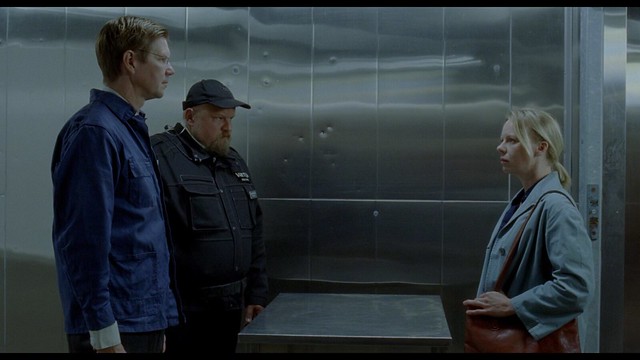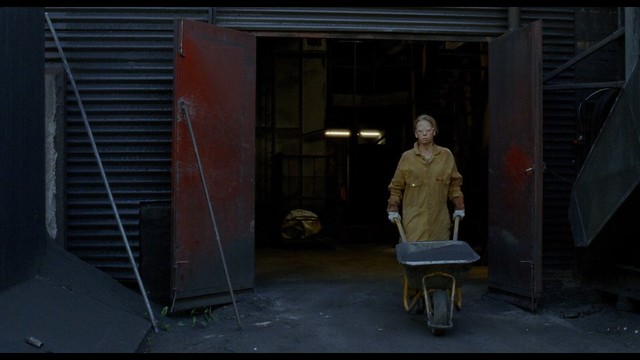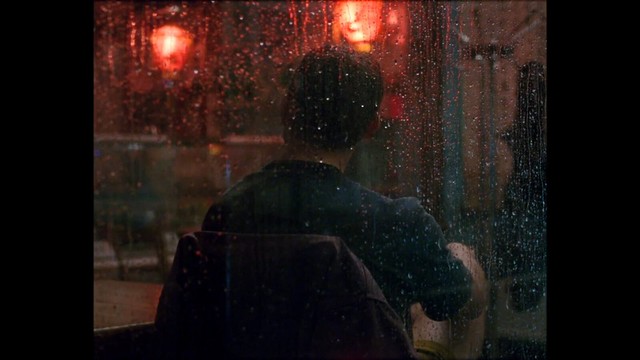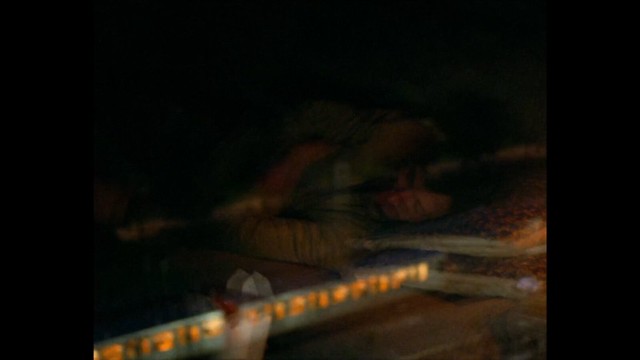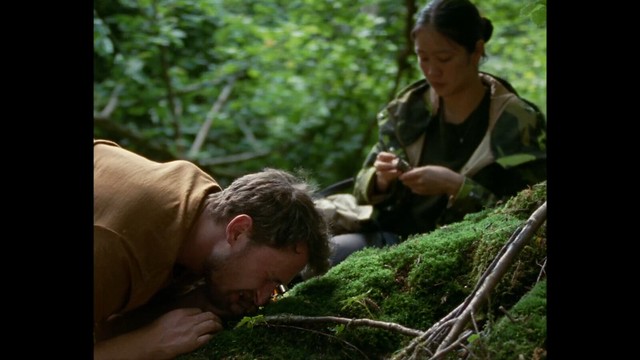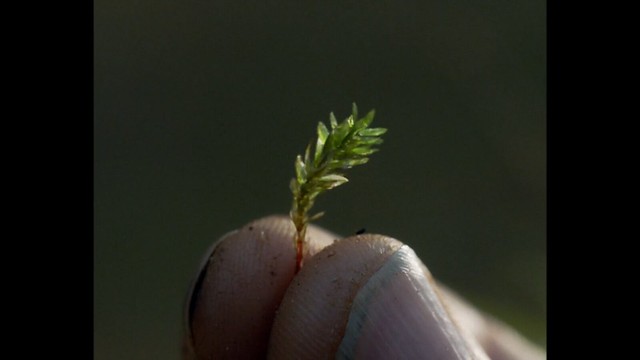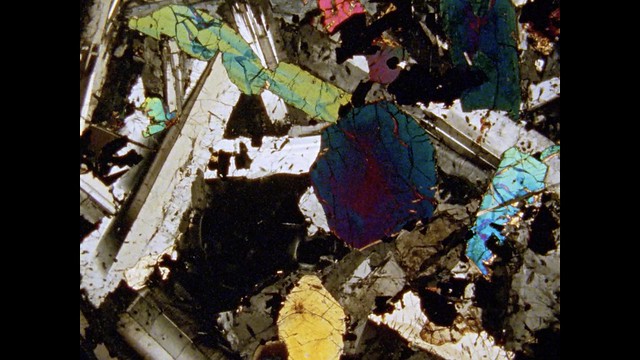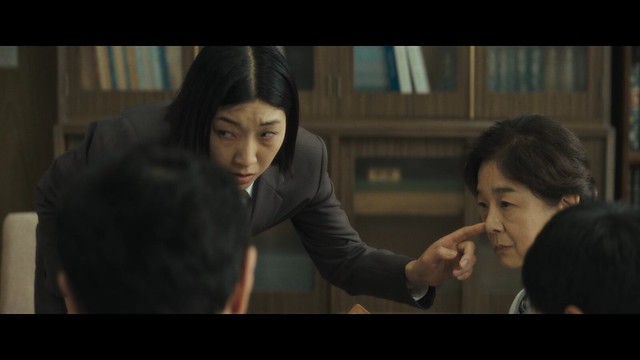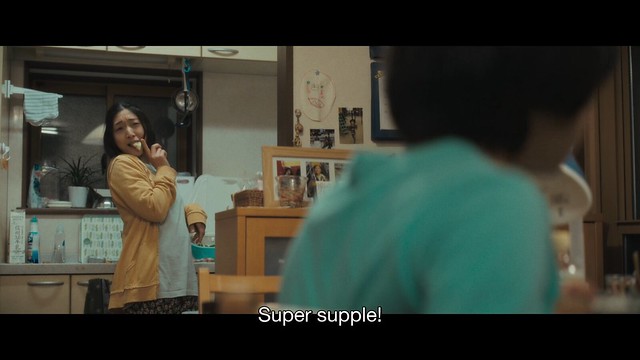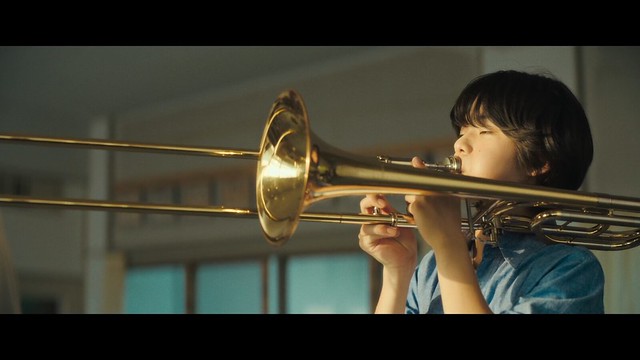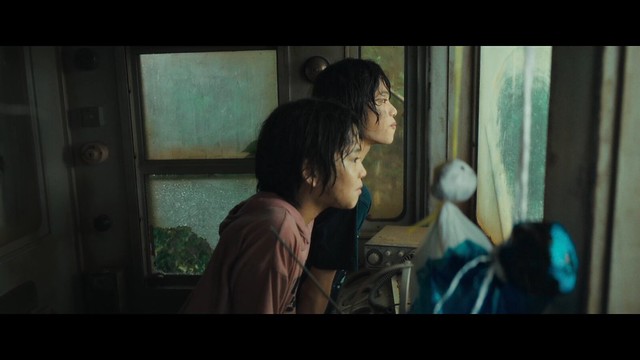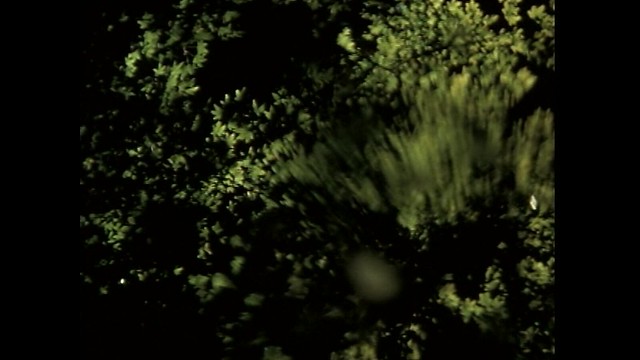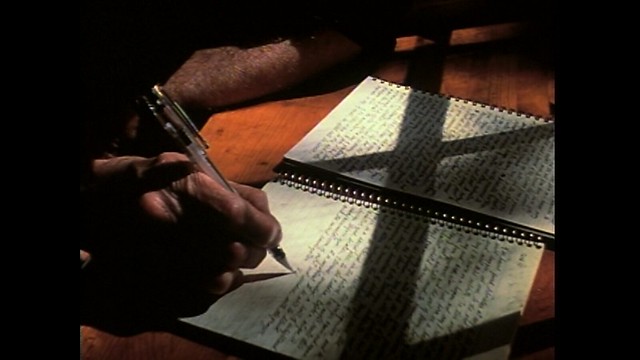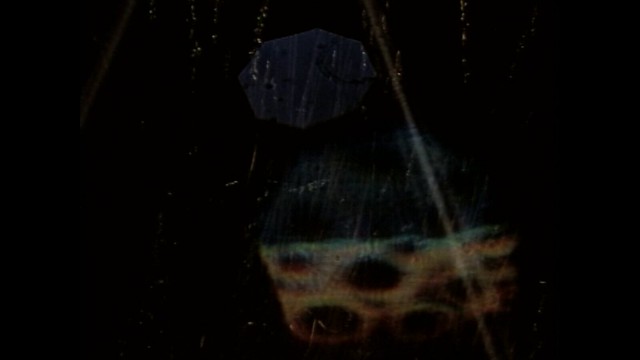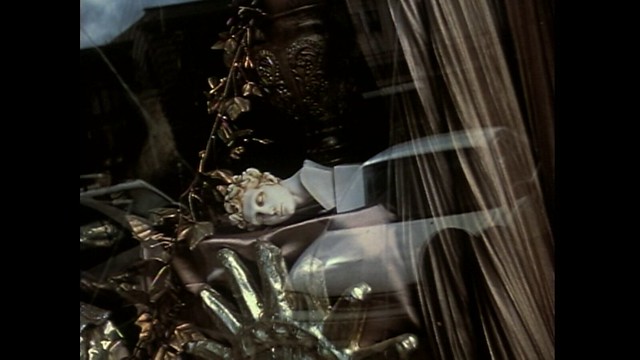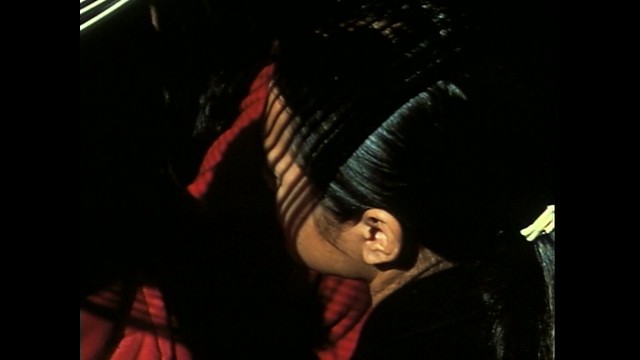




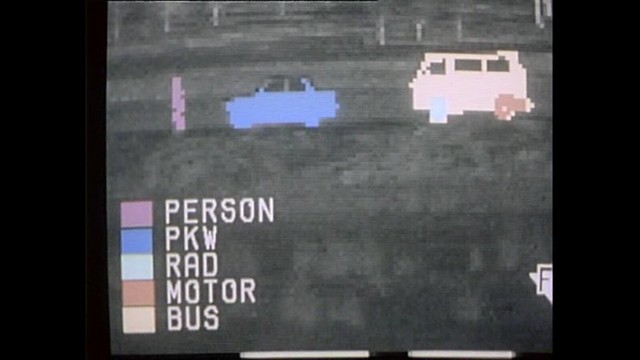
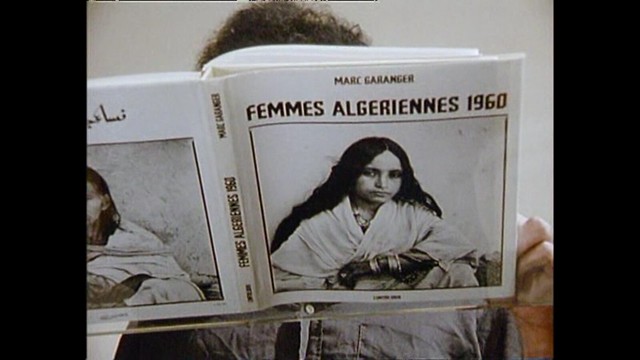

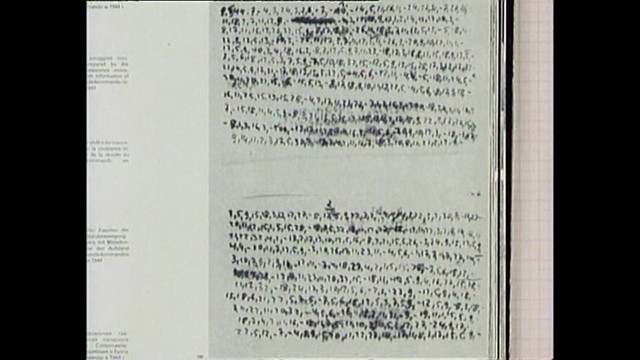 We first see the giant wave making machines at work in Hamburg. Scientists are trying to find the pattern in ocean waves however impossible of a task it is. Harun Farocki then connects that with the age of enlightenment and human technology. Enlightenment in German is Aufklärung which also means reconnaissance, in military terms, it's also flight reconnaissance. Photography was used for evaluators to evaluate the scale of the buildings without fear of falling to their death when measuring buildings. Photography is also used to verify the right targets in World War 2 during air raids.
We first see the giant wave making machines at work in Hamburg. Scientists are trying to find the pattern in ocean waves however impossible of a task it is. Harun Farocki then connects that with the age of enlightenment and human technology. Enlightenment in German is Aufklärung which also means reconnaissance, in military terms, it's also flight reconnaissance. Photography was used for evaluators to evaluate the scale of the buildings without fear of falling to their death when measuring buildings. Photography is also used to verify the right targets in World War 2 during air raids.
Farocki rightly questions the acuities of 'seeing is believing' with the example of why Auswitz was never bombed by the Allied despite two escapees testimonials of atrocities there. It didn't look like a munitions factory and therefore not a priority. It was two Pentagon officials in 1977 who admitted that they were examining these aerial photos and clearly seeing crematorium and air vents and lines to the gas chambers.
Images of the World and the Inscription of War predicts our current world - drone warfare, surveillance state, deepfake and misinformation wars in astonishing detail without ever mentioning internet or AI. A photographer from the occupying forces in Algeria took photos of Algerian women without their veils and published the photo book in 1960. At one point, a voice of a woman who has been narrating the film in absolute objectivity until then, asks, "How can a face of a human being be described with certainty, so that it can be recognized by everyone, by a machine?"
Both nazi's and concentration camp survivors took detailed records in numbers - one the evidence of genocide, the other, coded evidence for preservation and uprising.
Farocki, as a film essayist, shared many of the same traits as Godard and Alexander Kluge, but he was more direct and succinct than the other two. His ability in provoking the audience to think for themselves while guiding slightly with big ideas had no equal. With wars in Ukraine and Gaza in the internet age, the misinformation wars are raging like never before and I can't help noticing how prescient Farocki's film is.

